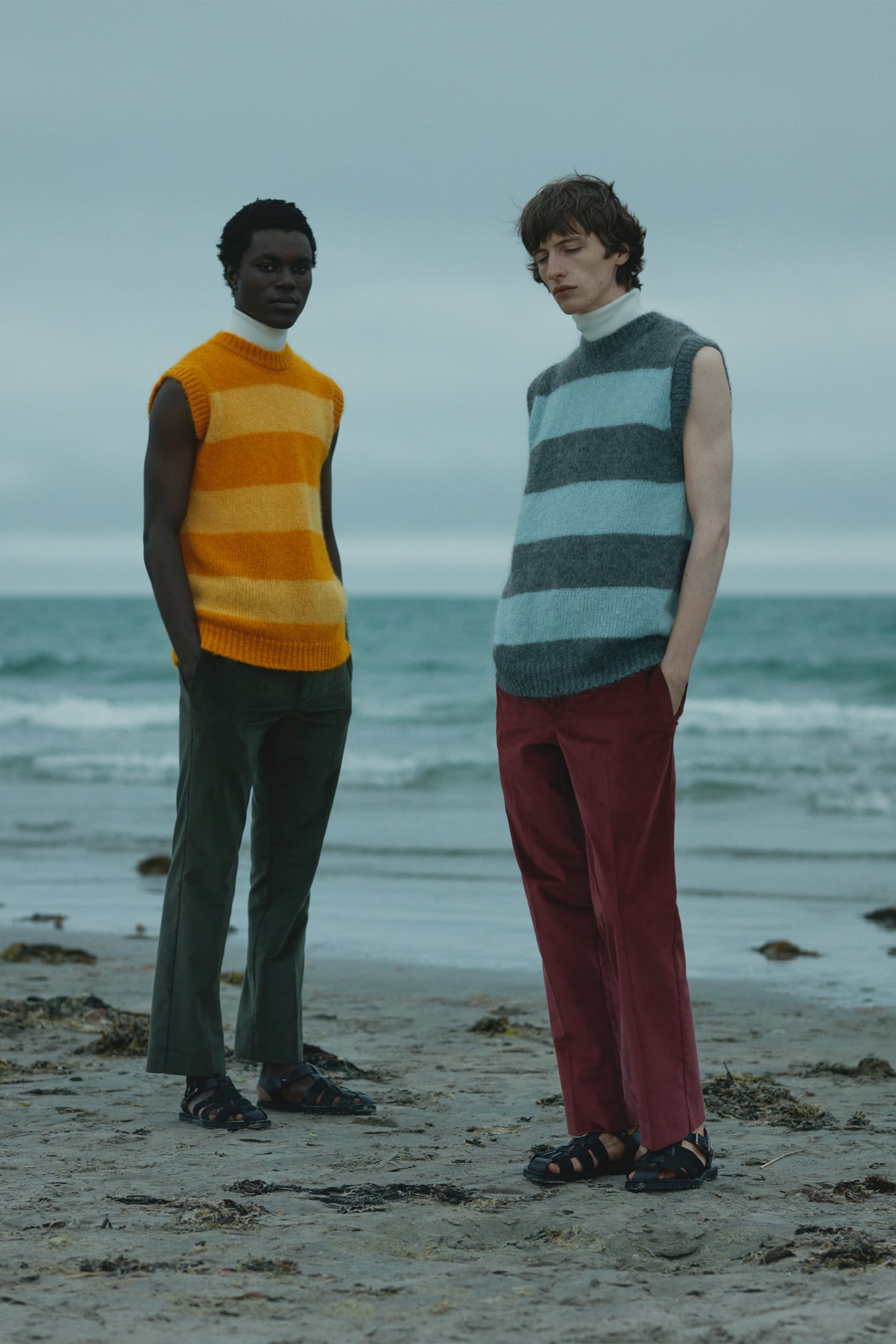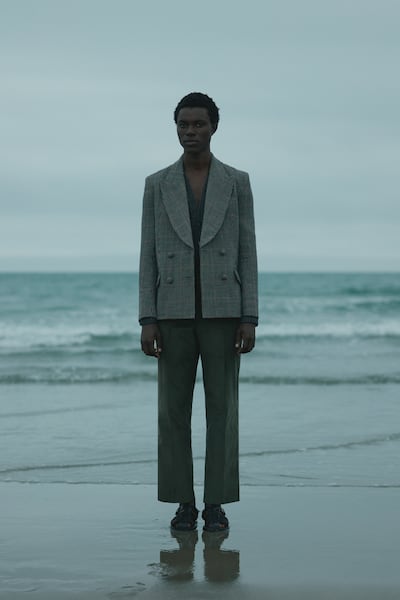
The Business of Fashion
Agenda-setting intelligence, analysis and advice for the global fashion community.

Agenda-setting intelligence, analysis and advice for the global fashion community.

Luxury womenswear label Erdem is making its first foray into the menswear market.
It’s been a long time coming, according to the brand’s namesake founder Erdem Moralioğlu, who launched the London-based label in 2005. His bold floral prints, sweeping silhouettes and use of rich, decadent fabrics quickly garnered a following among female clientele, but “I always felt like there was space for [men] in this woman’s world that I’d created,” said Moralioğlu. “Maybe the quietness of lockdown and this strange year, this kind of pause allowed the time and space to bring him to life.”
Erdem isn’t the only brand diversifying beyond its core offering. Since the pandemic hit, fashion brands across the luxury and mass segments have launched adjacent categories in a bid to mitigate the impact of the coronavirus pandemic and find new avenues of growth. Many retailers and brands — Erdem included — have introduced homewares to their product mix over the past year, while others like Self-Portrait and Thom Browne have branched into kids clothing. For Erdem, menswear felt like the natural next step.
It’s as utilitarian as it is romantic. There’s a youthfulness to it as well.
Like peers, Erdem faced a particularly challenging environment over the last year. Pre-pandemic, Moralioğlu had succeeded in building his brand into a global — and profitable — business without any external investment, an increasingly rare achievement in an industry dominated by mega-brands backed by cash-rich conglomerates. For the financial year ending March 2020, sales reached £11.7 million ($16.5 million), while net profit came in at just under £230,000 ($320,000), according to public filings.
ADVERTISEMENT
But the pandemic diminished consumer demand for luxury clothing, evening gowns and event dressing — Erdem’s bread and butter — while the UK’s chaotic and disorganised exit from the European Union added even more pressure to the mix. Erdem has yet to file accounts for its most recent fiscal year and declined to share preliminary figures.

“We have had to be so nimble in our reaction to the pandemic and Brexit and we can’t deny that it has been challenging,” said Philippa Nixon, who was appointed the brand’s first CEO in November 2019. “However it has pushed us to be so resourceful and find new opportunities.”
The company has also launched vacation-wear and denim and built out existing casual offerings, like knitwear.
To be sure, the demand for men’s apparel has suffered over the last year, too. In 2020, the global market contracted nearly 20 percent to $343.7 billion, according to research firm Euromonitor International. While the market for menswear is expected to return to growth this year, and slightly outpace growth in women’s apparel, it will be a few years before it rebounds to pre-pandemic levels, according to Euromonitor’s forecasts.
And, even as lockdown restrictions ease across the world and peoples lives return to normal, analysts predict comfort will remain important to shoppers.
With this in mind, Moralioğlu has designed a collection that is functional while remaining quintessentially Erdem. Tweed blazers and oversized mohair sweaters in saturated yellows and blues are paired with velvet corduroy trousers and chinos with cummerbund detailing. Florals are peppered throughout the collection, appearing on shirts, boiler suits and bucket hats.
“It’s as utilitarian as it is romantic,” said the designer. “There’s a youthfulness to it as well. There’s something quite relaxed ... There’s almost a slouchiness to it, but also something very romantic.”
Related Articles:
ADVERTISEMENT
The LVMH-linked firm is betting its $545 million stake in the Italian shoemaker will yield the double-digit returns private equity typically seeks.
The Coach owner’s results will provide another opportunity to stick up for its acquisition of rival Capri. And the Met Gala will do its best to ignore the TikTok ban and labour strife at Conde Nast.
The former CFDA president sat down with BoF founder and editor-in-chief Imran Amed to discuss his remarkable life and career and how big business has changed the fashion industry.
Luxury brands need a broader pricing architecture that delivers meaningful value for all customers, writes Imran Amed.